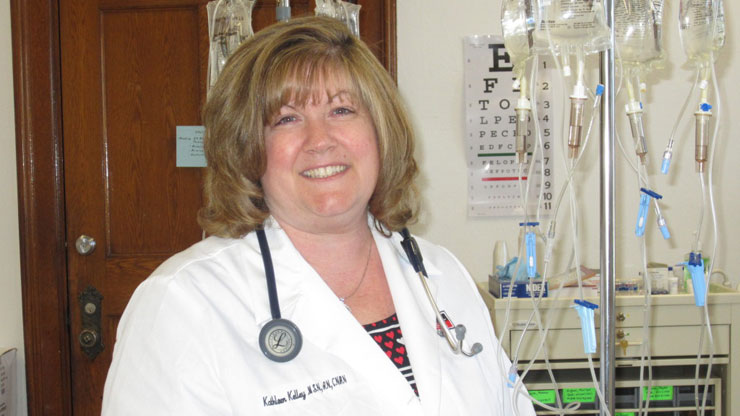Caldwell University
February 20, 2013
Friends Don’t Let Friends Get Drunk

Kathleen Kelley MSN, RN, CNRN
As a nurse and mom of four kids, I was thrilled to see that several departments at Caldwell University are sponsoring an upcoming CPR class. Knowing how to save a life in an emergency is priceless. When I learned that the class included awareness on toxic drinking, I was even more pleased. It got me thinking– do people really know what toxic or ‘binge’ drinking really means? Is it really dangerous to mix those energy drinks and alcohol? How would you determine fact versus fiction? For anyone wondering about this, I thought I would share some information from the Centers for Disease Control (CDC) and the National Institute on Alcohol Abuse and Alcoholism (NIAAA), as I weigh in on this very prominent epidemic affecting young people today.
Fact or Fiction? “If I don’t pass out, it is not binge drinking.”
FICTION! As per the NIAAA, binge drinking is a pattern of drinking that brings a person’s blood alcohol concentration (BAC) to 0.08 grams percent or above. This typically happens when men consume 5 or more drinks and when women consume 4 or more drinks in about 2 hours.
Fact or Fiction? “You don’t have to be an alcoholic to binge drink.”
FACT! Most people who binge drink are not alcohol dependent. Binge drinking is most common among young adults 18 to 34 years of age.
Fact or Fiction? “The prevalence of binge drinking is the same for men and women.”
FICTION! The prevalence of binge drinking among men is twice the prevalence among women.
Fact or Fiction? “So what’s the big deal? My roommate will let me sleep it off and I’ll be fine.”
FICTION! Binge drinking is associated with many injuries and health problems including falls, burns, drowning, sexual assault, intimate partner violence, sexually transmitted diseases, high blood pressure, stroke, brain damage, diabetes, and liver disease.
Fact or Fiction?- “Okay, so binge drinking is bad. I’ll just have a Red Bull and Vodka. One or two will be okay.”
Fiction!!!! When alcoholic beverages are mixed with energy drinks the caffeine in these drinks can mask the depressive effect of the alcohol. This means you may not feel as drunk. Yet, at the same time, the effects on your body are the same to your liver, your BAC and your risk of injury from the alcohol. Young adults who consume alcohol mixed with energy drinks are about twice as likely to report being taken advantage of sexually or taking advantage of someone else sexually.
So now that you know the facts, what are you going to do about it? Be smart with your body and watch out for your friends. Friends don’t let friends get drunk. Find out more on:http://www.cdc.gov/alcohol/fact-sheets/binge-drinking.htm
Kelley teaches in the Department of Nursing at Caldwell University.
(The Caldwell University Counseling Office, Student Activities, Human Resources and Athletics Departments are sponsoring the CPR class on March 6.)





